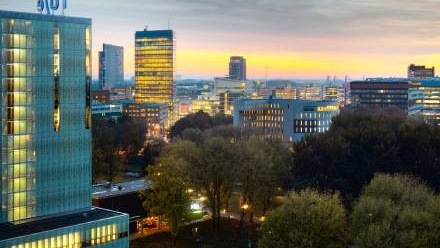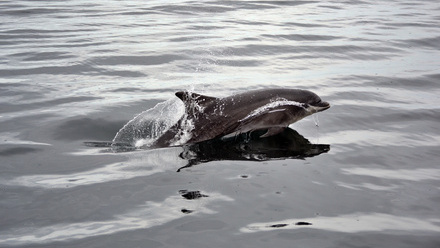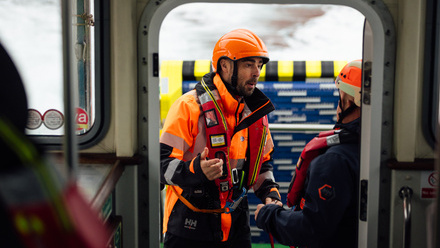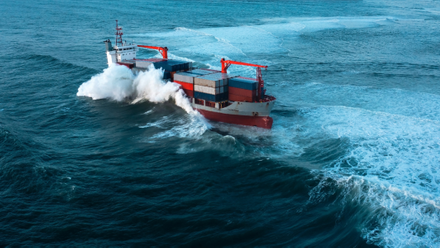Rejuvenation treatment of turbine blades for extended life
IMarEST Marine Members R-Tech Materials give the lowdown on reconditioning these vital elements, saving money in the long run
Turbine blades are critical components in power generation, operating in high-stress environments where they are exposed to extreme temperatures, mechanical loads, and corrosive conditions.
Over time, these harsh operating conditions lead to degradation, reducing performance and efficiency. Reconditioning turbine blades, also known as blade refurbishment or restoration, offers a cost-effective solution to extend the life of these essential components, while maintaining or even improving turbine performance.
A key aspect of turbine blade reconditioning is addressing damage caused by creep, which results from prolonged exposure to high temperatures and mechanical stresses.
Turbine blades are often manufactured from high-strength alloys designed to withstand extreme thermal and mechanical conditions. However, continuous exposure to these causes gradual deformation of the metal, leading to microscopic voids and cracks. Over time, these voids significantly weaken the blades, reducing their efficiency and eventually leading to failure.
An effective approach to repairing this damage and restoring the blade’s microstructure is heat treatment refurbishment. Heat treatment plays a pivotal role in rejuvenating turbine blades by reversing some of the damage caused by creep, improving the material’s mechanical properties, and enhancing its resistance to future damage. Additionally, hot isostatic pressing (HIP) is an effective method for repairing creep damage.
Treatment of creep: in detail
During high-temperature service, precipitates in alloys (such as gamma prime in nickel-based superalloys) can coarsen and spheroidise, which weakens the material and reduces its creep resistance. A rejuvenation heat treatment can reverse these effects by recrystallising the material, refining the grain structure. This process allows the re-dissolution of coarsened precipitates and the re-precipitation of fine, evenly distributed precipitates, enhancing the material's ability to resist creep deformation.
Creep deformation often leads to the development of residual stresses within the material. By introducing controlled heating and cooling cycles, rejuvenation heat treatment can help relieve these residual stresses. This reduction in localised stress minimises the risk of accelerated creep progression and helps prevent creep rupture.
Meanwhile, HIP is a process that combines high temperature and high-pressure gas, typically argon, to apply uniform pressure in all directions (isostatically) to a component. This process is performed in a HIP furnace that uses both heat and pressure to consolidate materials, eliminating internal defects like creep voids, and restoring the material’s original properties.
Reconditioning turbine blades is an essential strategy for maintaining the efficiency and longevity of turbines in power generation. By restoring blades to their optimal condition, operators can avoid the high costs and downtime associated with complete replacements.
Moreover, advanced repair technologies ensure that reconditioned blades can perform at or above their original specifications, delivering long-term benefits in terms of operational performance and cost savings.
R-Tech Materials are Marine Members of IMarEST. Find out more about corporate partnership opportunities.
Tell us what you think about this article by joining the discussion on IMarEST Connect.
Image: close-up of turbine blades; credit: Shutterstock.






